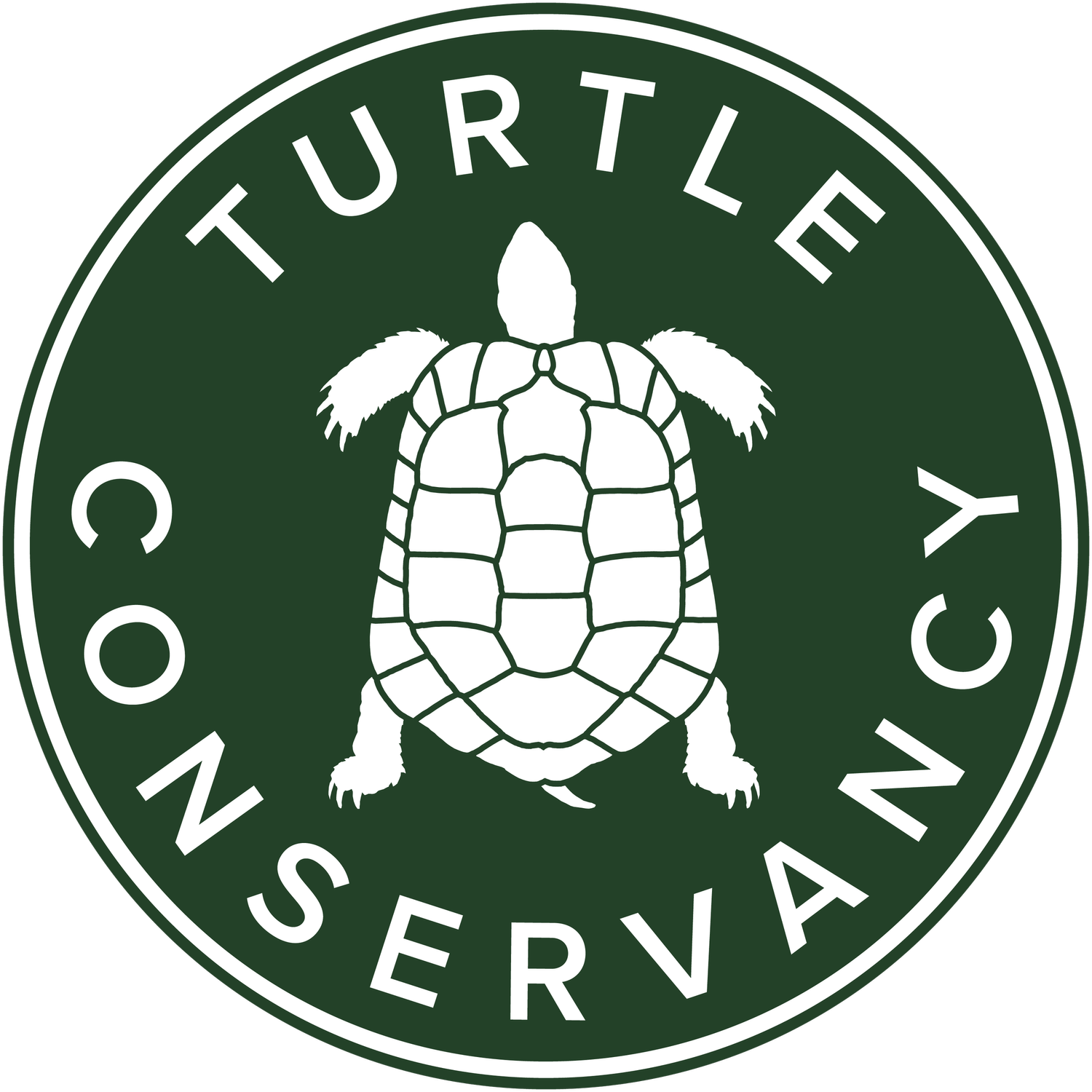TC board member, Dr. Russell Mittermeier, and TC veterinarian, Dr. James Liu, went to the Galapagos Islands this past month, taking donors on a trip of a lifetime. In partnership with Lindblad Expeditions, the two took travelers through six islands, exploring the evolutionary wonders of the tortoises, birds, and more. Russ and James presented on biodiversity hotspots and the landscape of turtle and tortoise conservation. In all, the group saw dozens of wild tortoises up close, swam with sharks and sea turtles, and saw the islands that inspired our understanding of evolution itself. (If you are interested in joining us on future donor trips, please email us!)
A highlight of the trip was visiting the Charles Darwin Research Station, the largest breeding center for Galapagos Giant Tortoises in the world. The group was met by Don Fausto Llerena, a pioneer of the research center and longtime caretaker of Lonesome George, that last Pinta Island Giant Tortoise. Lonesome George sadly passed away in 2012, but remains on display at the center as a reminder of how human impact has led to the extinction of tortoises on the islands and around the world.
After the trip, Russ and James visited Fernandina island with the help of Karl Campbell of Island Conservation, which is leading the charge in reversing the human impact on many islands in the Galapagos, primarily through eradication of invasive species brought there by travelers. On Fernandina, the goal was to evaluate the scope of rediscovering the Fernandina Giant Tortoise, a species not seen for over 100 years. This species is a part of the Lost Species campaign of our partners, Global Wildlife Conservation. Although much of the island is covered in lava flows from recent eruptions, the western slope still has dense vegetation, with plenty of cover for hidden tortoises. Dense fog and mist often cover the islands, making aerial reconnaissance difficult. Future expeditions on foot and with helicopter assistance are needed for a proper survey before we label this species extinct. But we wouldn’t be surprised if a few individuals remain...

